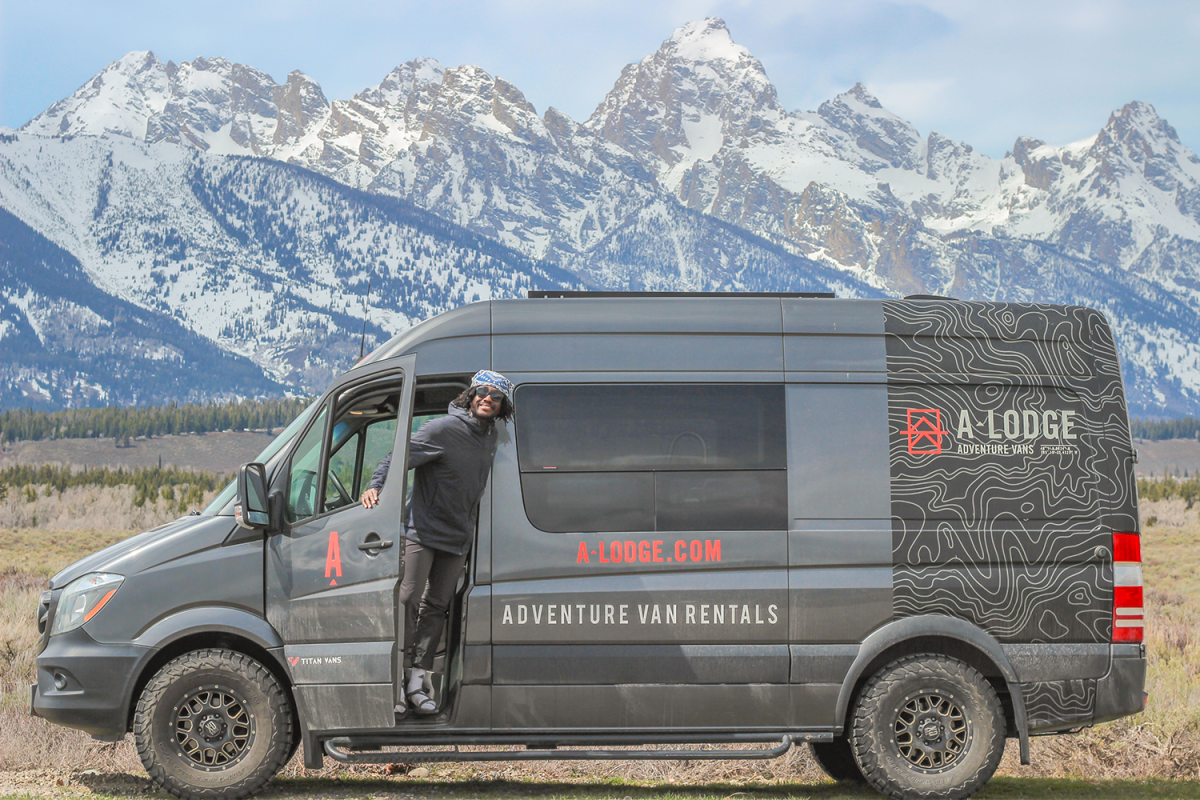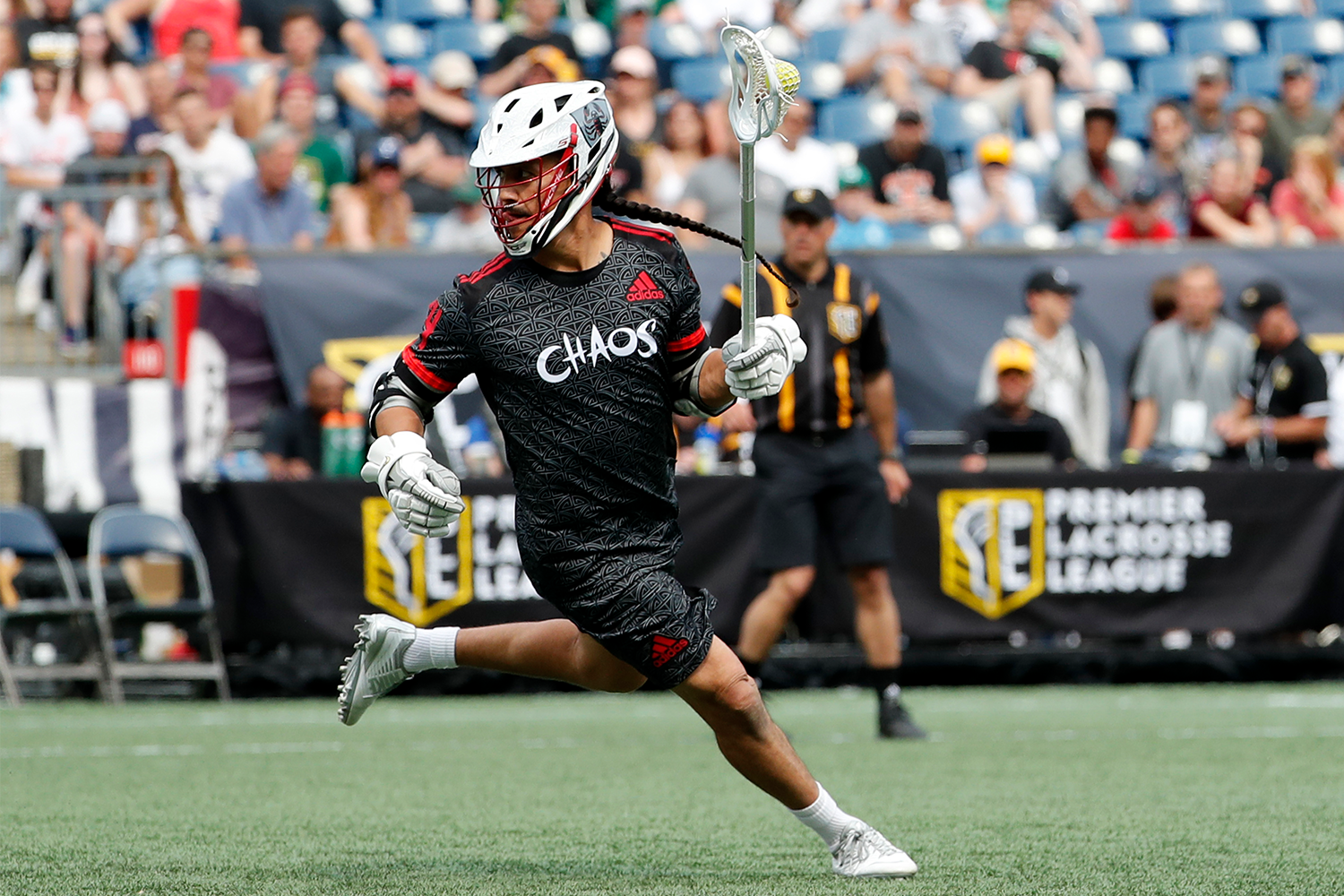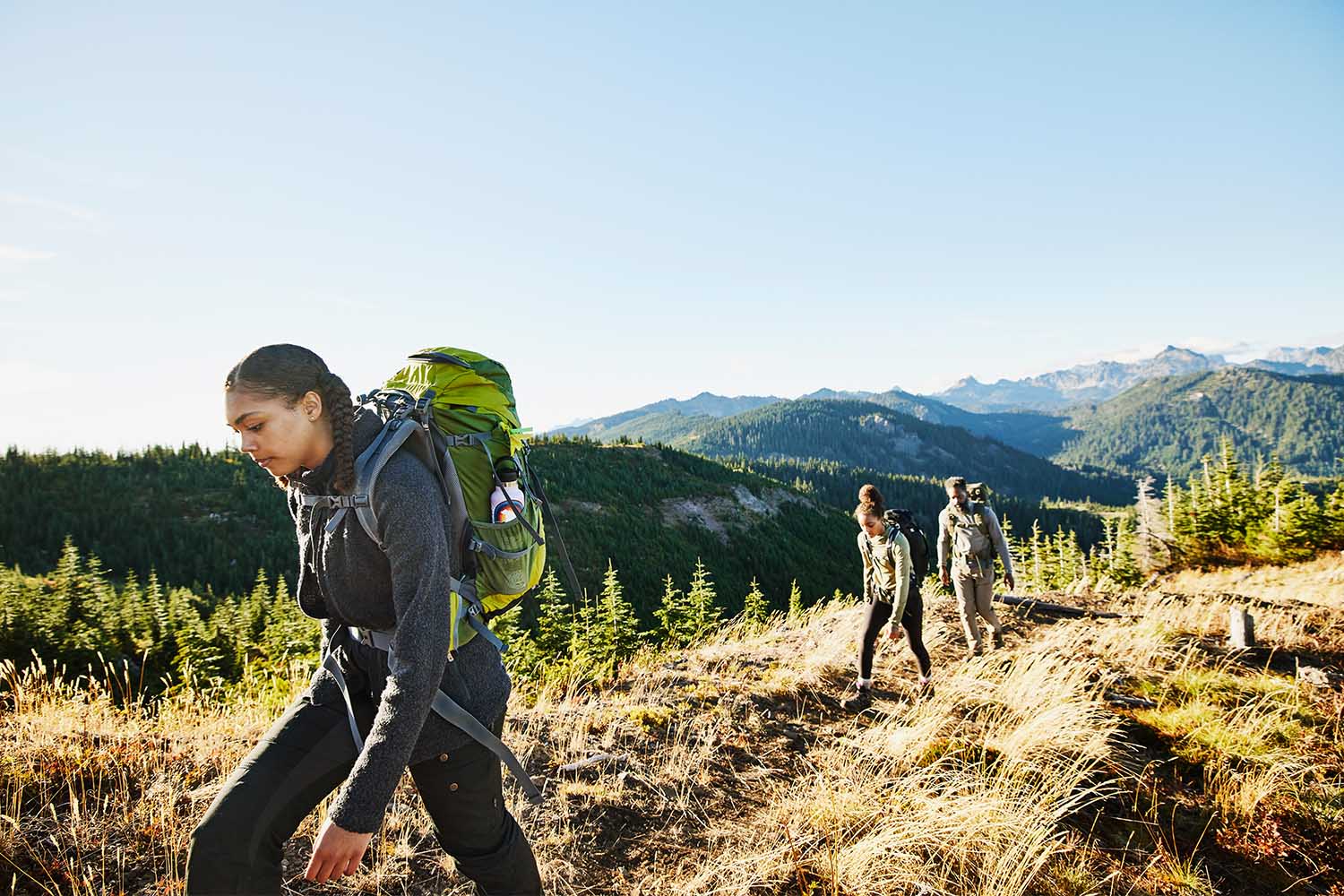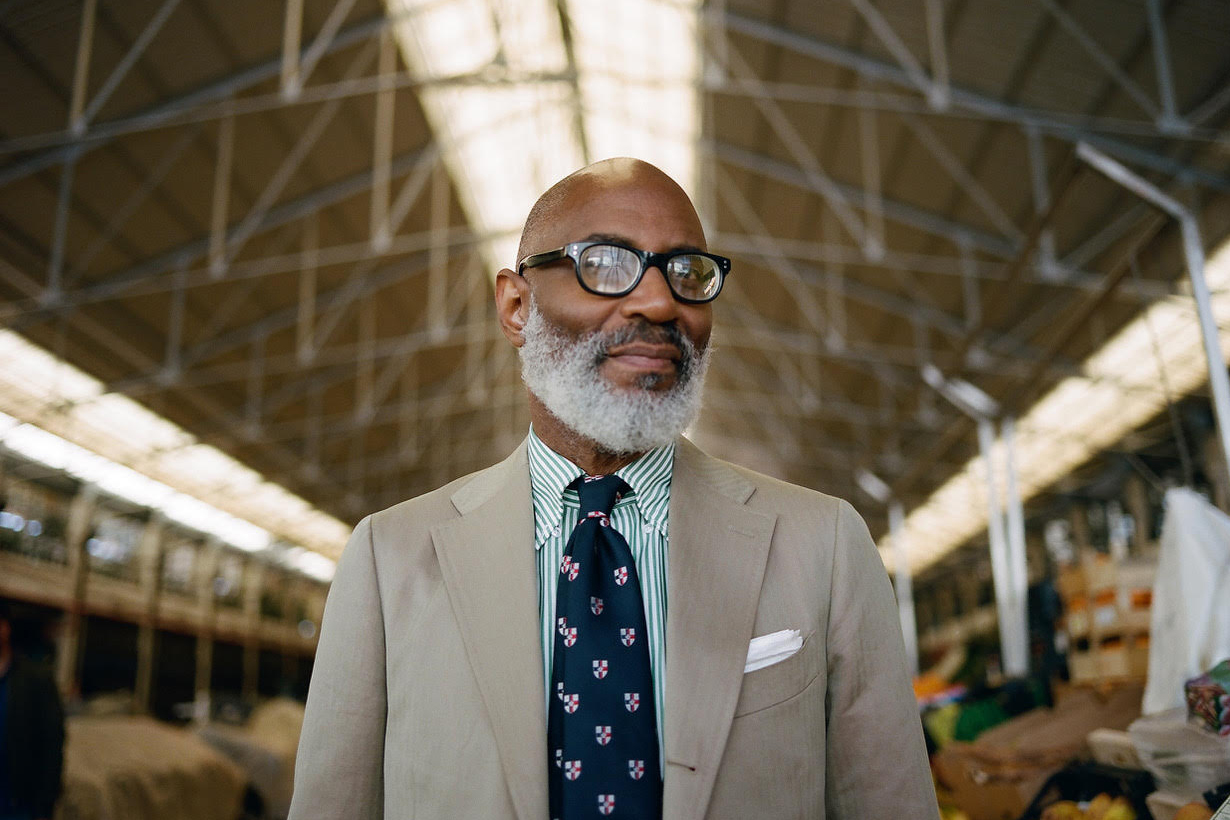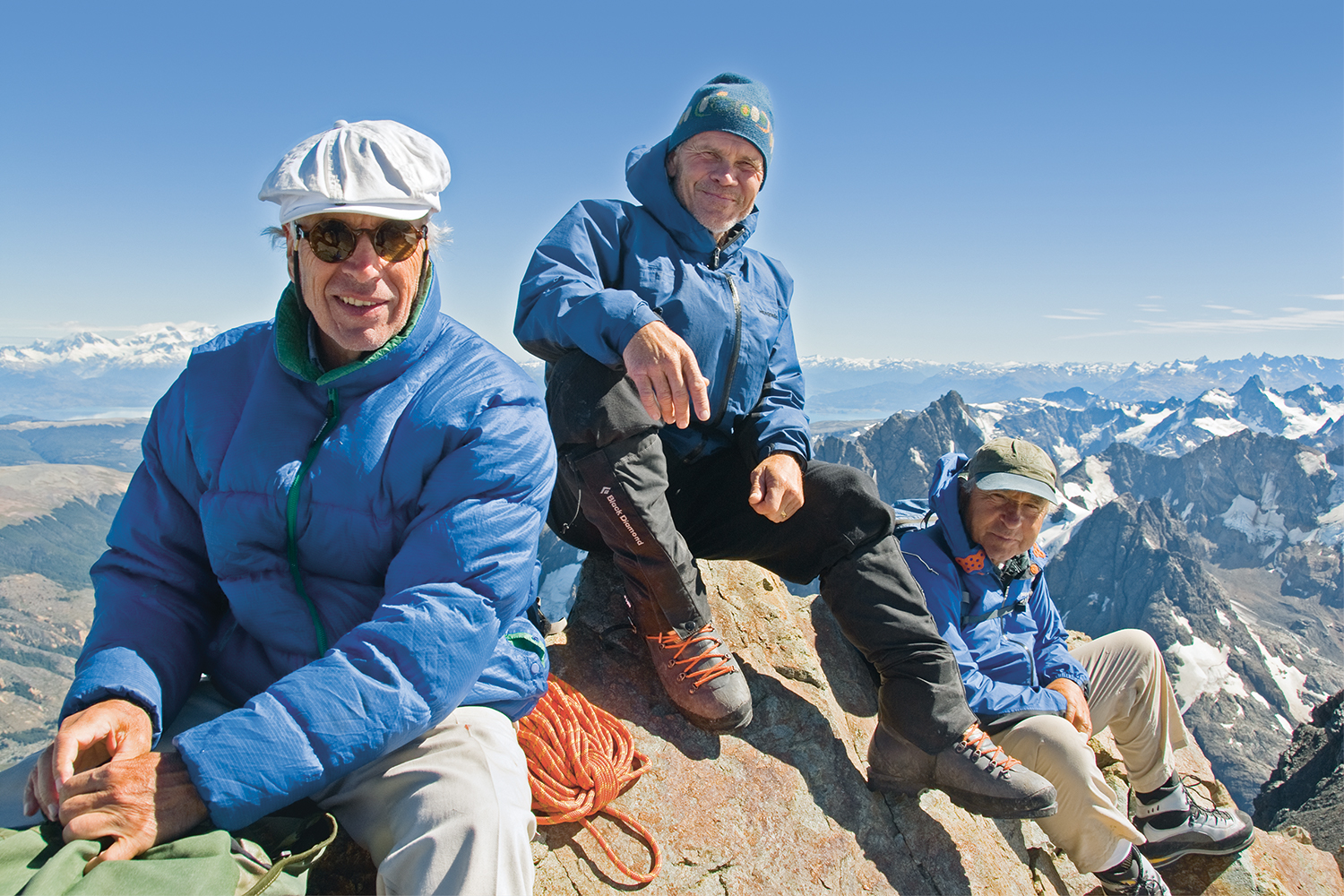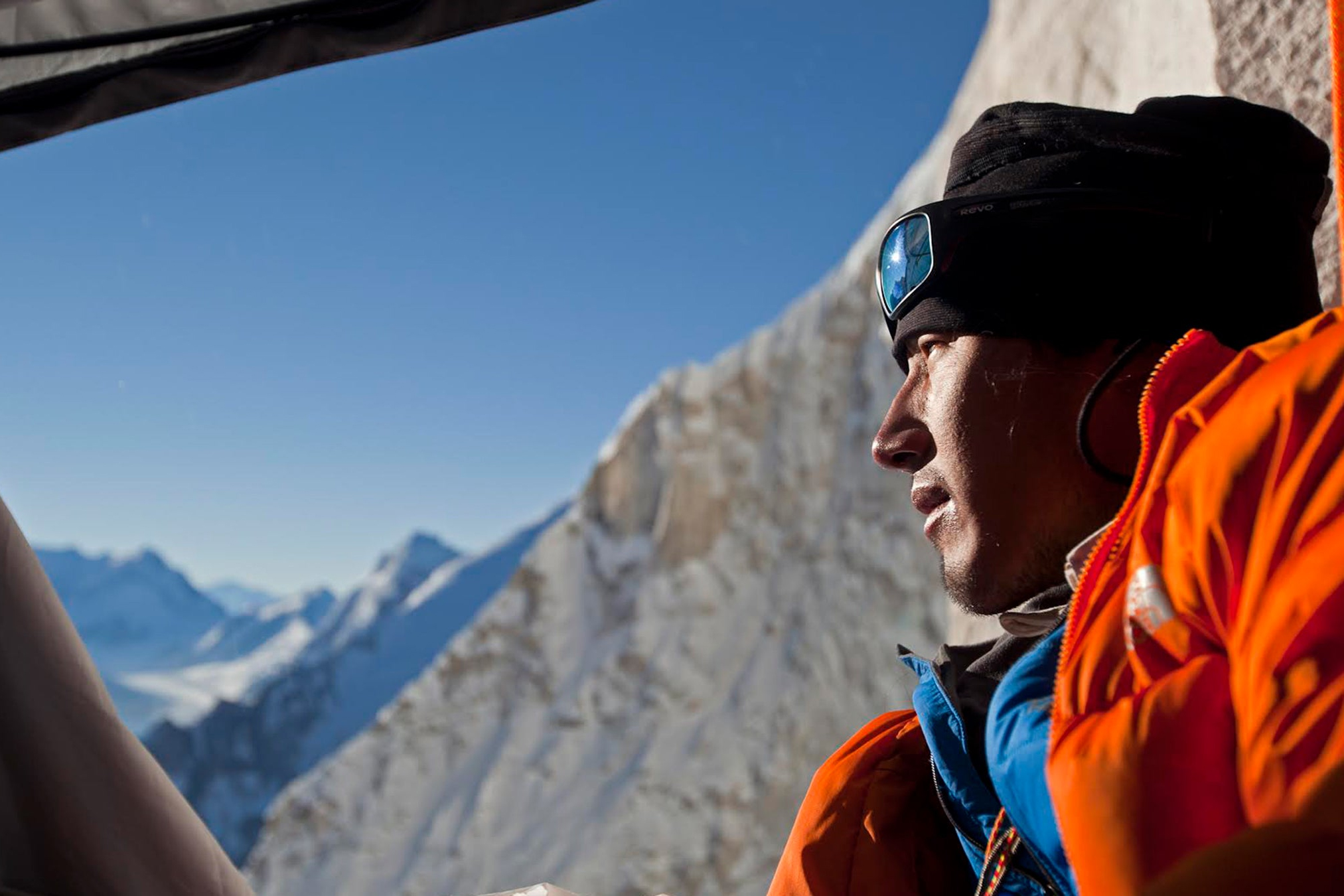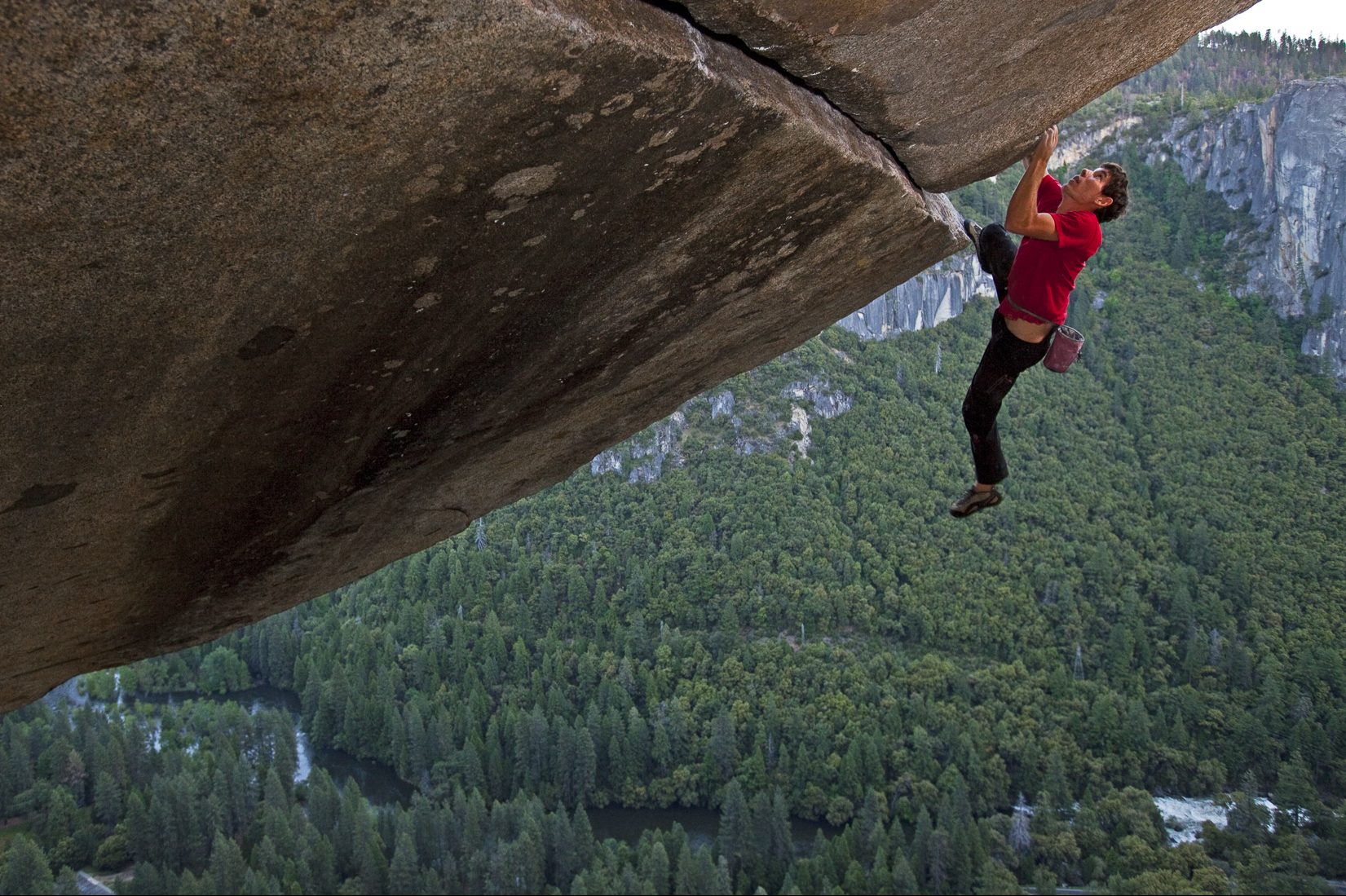I’m standing at 12,800 feet somewhere up in Jones Pass, the wind shrieking and blasting my face along its way. I’ve found my peace. The folks at Freeskier have invited me to tag along on a cat-skiing trip. Despite being just a part-timer in this sport myself (and full-time snowboarder), I find myself on this trip with remarkable skiers from all over the country. I would finish the trip with a bruised knee and blood contusion on various toes from coming down gnarly chutes and couloirs and being jolted and tossed by the crudded, bumpy conditions. Despite the pain, I can’t help but exude joy for the elemental experience of winter.
From variable and high-wind terrain to the well-polished resorts, the Mountain West is groomed for all sorts of excursions. It’s springtime and I know that with the changing seasons, there are new experiences to be had. In Colorado, there’s a saying that goes, “Some visit just for the winters, but you truly fall in love with the summers.” Yet, in these same spaces that I now call home, there’s a prevalence of historically exclusionary and discriminatory practices and towns that barred people of color — people like me — from not only experiencing them in their entirety, but even from settling in them for a night.
These areas have become known as sundown towns, so named because Black people and other marginalized groups were ordered to leave by dark. Sometimes located in naturally vibrant outdoor spaces, but existing all throughout the United States, these areas have a history of systematically and intentionally keeping out racial minorities. The towns, through explicit racism and harassment, have in the past allowed citizens to burn crosses on lawns and physically force people out of town. These racist incidents have even been mapped out and visualized in recent years.
To this day many of these areas are predominantly white and monoracial, and for people of color they remain complicated spaces to navigate. The trauma lingers in these towns, and with hate crime on the rise, it’s time we engaged our collective past. There are groups, institutions and individuals making moves to shift the culture in these areas. So in the spirit of adventure and transcending racial paradigms of the past, I embarked on a journey to find restorative and cross-cultural practices helping to make these towns and the natural areas around them more diverse, equitable and truly inclusive, for Black people and other marginalized groups.
We’re all shareholders when it comes to experiencing, acknowledging and protecting the natural land and world around us. It takes a collective effort to not only care for our planet but to also rebuild bridges. So with help from friends at Meteorite PR and The A-Lodge, I got in my adventure van and embarked on a transformative exploration of some of these sundown towns in the Mountain West region.
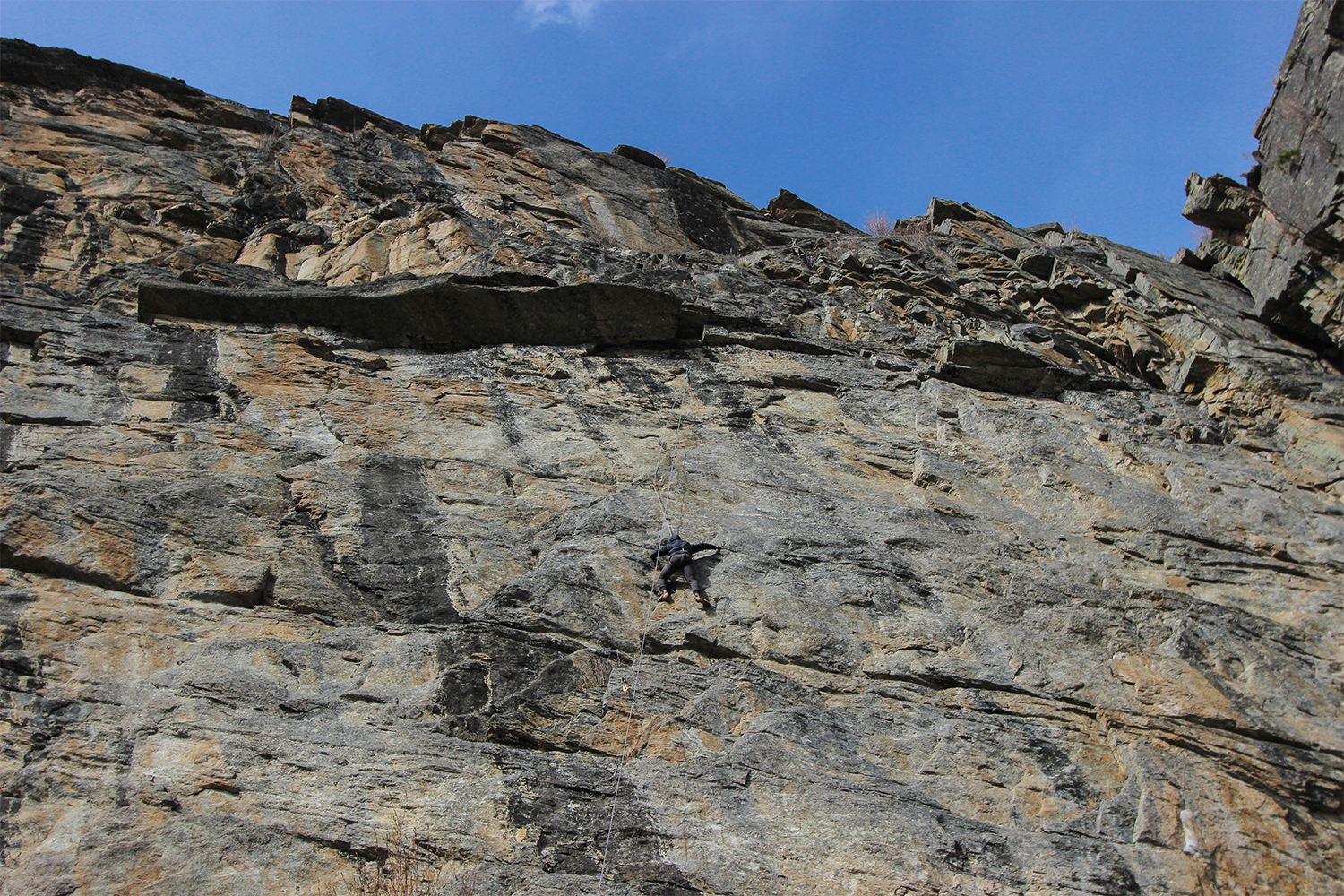
My first stop was in Durango, Colorado. It’s an intriguing feeling revisiting a place with ripened, more observant, slightly critical lenses intact. In college, Purgatory Resort in Durango was the first place I skied in the state. I even left my snowboard during the offseason at Bubba’s mountain sports shop, which I found out closed during the pandemic. On this particular visit, I was in awe of the development of the town. Colorful, bright and bold houses lined up residential areas and the market streets were filled with new shops and restaurants. I even discovered a different board shop that took Bubba’s place, The Boarding Haus.
After a run on the Colorado Trail to Gudy’s Rest, a necessary and immense initiation to jumpstart this project, I got on a call with the executive director of the Montezuma Land Conservancy, Travis Custer, to talk about active equity when it comes to conservation practices and the historic land loss of marginalized groups. The nonprofit, located and focused on the southwest region of Colorado, not only advocates for natural spaces but actively works with Indigenous tribes in the area to restore community relations and concurrently equip the youth in building lifelong bonds to the land. The collaborative efforts of MLC are even being replicated at the state level.
This region was originally settled by a multitude of Indigenous tribes such as the Utes, Navajo and Arapaho, but from the 1940s to 1960s there were policies and practices aimed at whitewashing and forcefully terminating Native American culture in this area. Custer relayed to me the importance of restoring these relationships from a place of acknowledgment, listening, understanding and healing.
“The benefits that are received by conservation are not benefits that are received necessarily by all people in communities,” Custer told me.
In addressing historical injustices such as Indigenous land loss, displacement and ongoing exclusionary practices perpetuated in the private lands and conservation space, the organization has partnered with members of the Ute Mountain Ute Tribe and the Telluride Institute to submit a grant to Great Outdoors Colorado (GOCO) to seek reconciliation, as well as trust and relationship building with the tribe. This type of actionable and active equity goes a long way in the process of healing community relations. Custer reiterated that these restorative engagements “help heal relationships, create new relationships and work towards a future where we’re exploring creative solutions to land issues across cultures.”
The conservancy is discussing ways in which their work can be better informed by Indigenous people in tribal communities in the area. But beyond collaborative initiatives, actionable equity has motivated the organization internally as well.
“We really felt like the way to accomplish this work in an authentic way was to hire somebody from the community and give them a leadership position in the organization and let their relationships with their own community drive the relationship building and networking,” he said. That person is Regina Lopez-Whiteskunk, a former tribal councilwoman for the Ute Mountain Ute Tribe, who now serves as the cross-cultural programs manager.
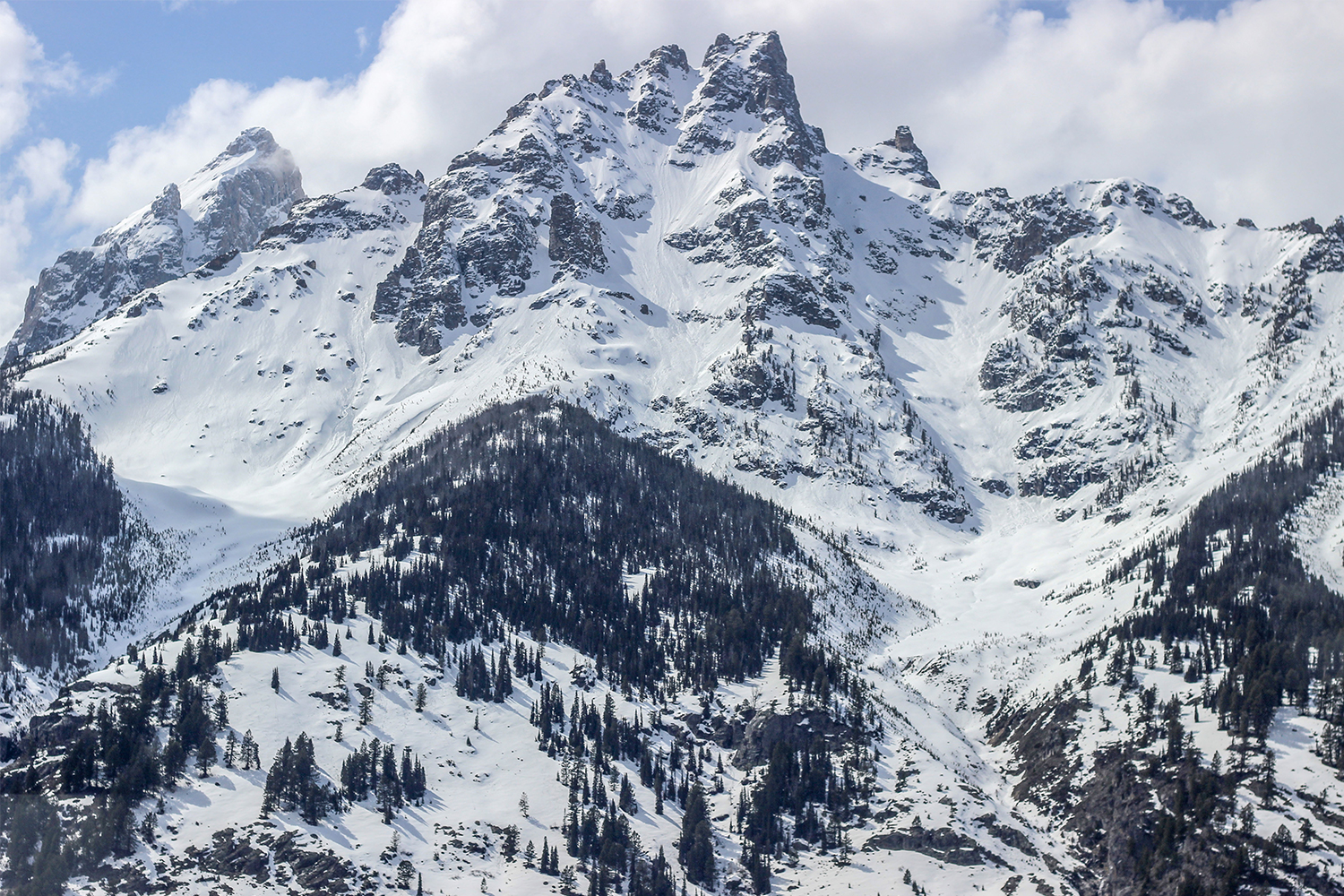
The next day, I biked up the sloped hill from downtown Durango to Fort Lewis College. The school was surrounded by snow-capped peaks, which made for a breathtaking ride. I was meeting with Brett Davis, the director of the school’s Outdoor Pursuits program, which is one of the leading student outdoor-adventure programs in all of North America. Through tuition fees, students have full access to recreational equipment, workshops, clinics and activities at no additional cost. Additional expeditions are organized at close to no cost for the students, and the amount of local, regional and international opportunities for exploration are plentiful. I wanted to find out how the upcoming generation of young adults of color are being empowered in their experience of outdoor spaces.
The campus, residing in the sundown town of Durango, does have a blemished past. Yet, there’s been a collective effort to address the scars. It’s a long process, but just like how Outdoor Pursuits started 45 years ago by a student, the students now are involved, taking action and being heard. Fort Lewis boasts a student body that is 41% Native American and Alaskan Native, which makes it the number one Native American-serving liberal arts university in the U.S. Community and cultural outreach is a constant area of conversation and engagement. The program is on a journey to be as inclusive as possible as it seeks to serve all students and create opportunities for different cultural experiences of the great outdoors.
“Here it’s unique. Our Native population view the natural world in a different way than the white man does,” Brett Davis told me. “So the question is how do we work with and understand better, culturally, all of those diverse populations in making them feel welcomed and safe in experiencing the natural world? And I’ll be honest, the biggest way to do that is us leaving our offices and being engaged with their Native American Center and being engaged across campus with our Black Student Union.”
A week before we met, Davis took a group of students on a hiking trip in Bears Ears that consisted of Navajo, Hopi and Alaskan Natives. “A couple of them had never gone out on a trip with Outdoor Pursuits. One young woman was a senior, the other students were first years,” he said. “They decided this sounded interesting and they came out and did it. One of them actually went back out with us this past weekend.” It’s those types of initial experiences and outreaches that can have an exponential effect on someone’s relationship to the great outdoors and take apart that veil of cultural and historical intimidation.
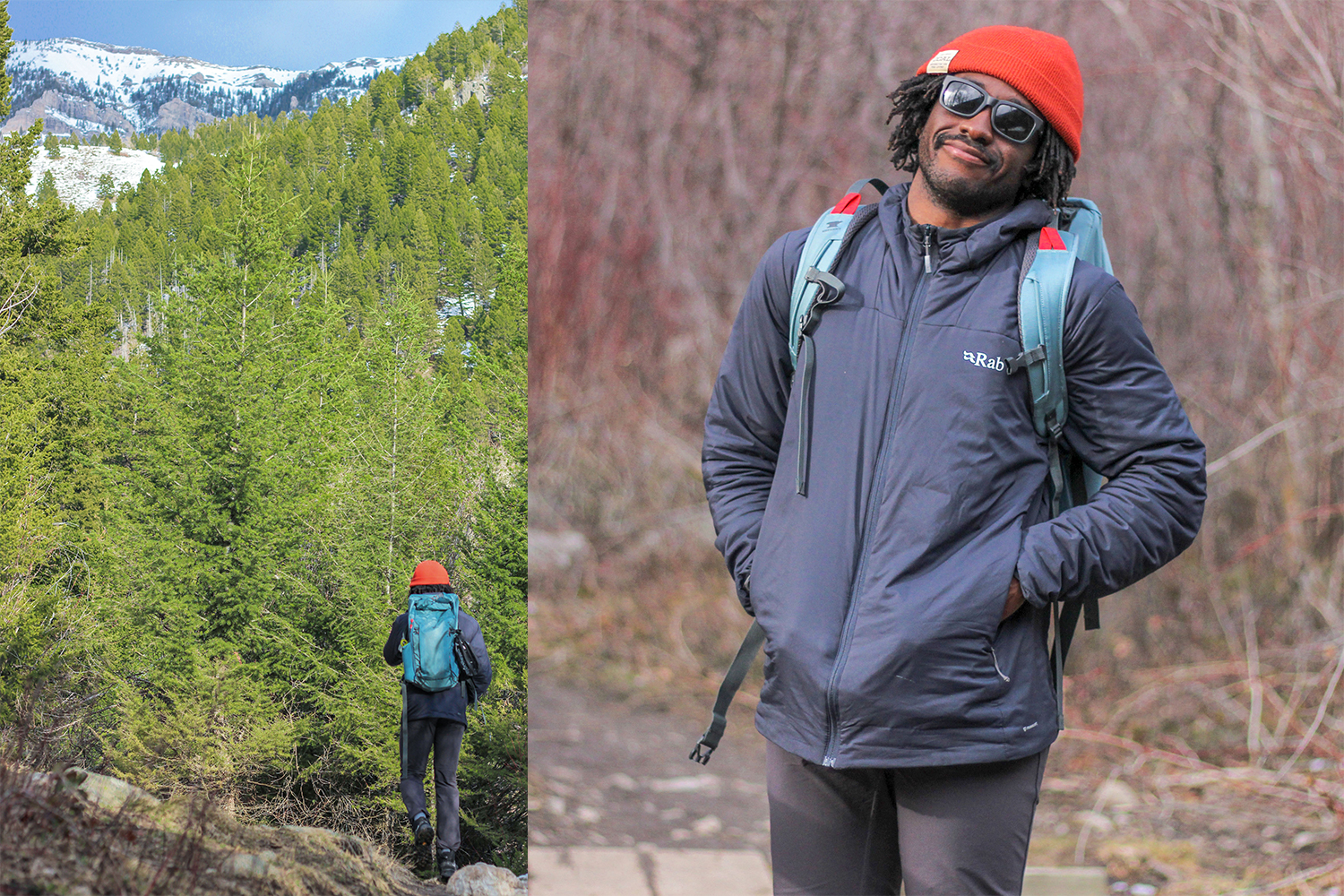
That night, I slept somewhere along the 48-mile fringe of Colorado’s Black Canyon of the Gunnison National Park. Allowing the emptiness of the gorge to speak to me, I felt a deep release of appreciation and excitement for the continued journey ahead. Perhaps it was the quiet whisper of the river piercing through the gullied terrain that overwhelmed me with its allure.
At dawn, as the sun began its climb over the canyon, I revisited Davis’s remarks on making a dent and diversifying these experiences in the great outdoors.
Economically, we need to incentivize programs that break down the barrier to entry. At Fort Lewis College, an endowment has been created called the “Give an Adventure Fund.” The program encourages alumni and other benefactors to donate so that marginalized student groups have the opportunity to hike, climb, ski and otherwise explore the planet’s wild places. Davis spoke about an instance of this coming to reality.
“A former student of ours who was a Native student and one of our student leaders, now he’s on the tribal council of his tribe in California,” Davis said. “The tribe just gave $10,000 for that to be designated towards Indigenous students to give them opportunities and take away this barrier.”
Even though the endowment is just getting off the launching pad, it highlights the substantial influence of active equity compared to the performative actions that certain institutions and brands have rolled out in recent years, like limiting progress to hiring Black models. Active equity is about going beyond surface-level presentation and providing opportunities for real structural change, from offering minorities new opportunities to placing them in managerial positions — like Outdoor Pursuits’ fund and MLC’s hiring.
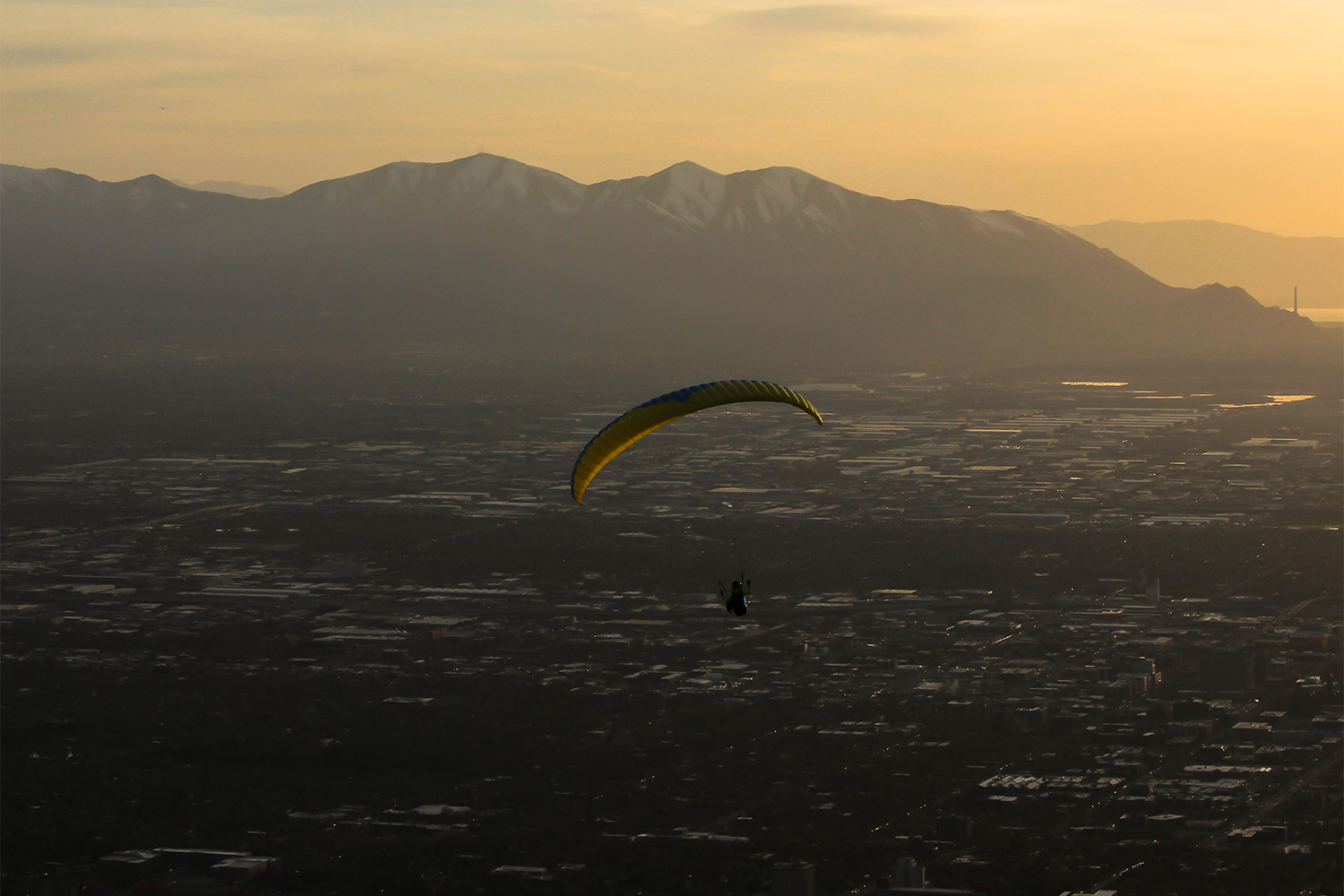
I arrived at my next stop — Price, Utah — late at night. Another sundown town, it has a history of lynching, housing discrimination and threats documented as recently as 1998, not to mention a current police chief who has called former President Barack Obama the n-word.
Disheveled and ravenous, I stumbled upon Club Mecca on the town’s main street. Two bubbly waitresses with butterfly clips in their hair welcomed me in, and the kitchen staff, alternating between merengue and cumbia on the radio, acknowledged me with the sweetest smiles. The crew insisted I sit down and enjoy a meal even though it was after closing. The white and Hispanic staff went back and forth in English and Spanish, and I even got to work on my Spanish with them. I learned the history of the town through their eyes, and even more so the local adoration for fry sauce. It turned into a hangout, buoyed by frothy drinks, and we talked about the neighboring towns and natural areas. I was encouraged to buy some property that was being foreclosed nearby. As I left that night, due to another momentous meeting the next day in Salt Lake City, the staff wished me safe travels and cautionary advice on watching out for animals crossing the road. In one night, I felt the inviting nature of the community in today’s time.
Utah, the youngest state in terms of population, with a median age of 30.7, continued to showcase its multidimensional expression and flare. In its capital city I met with State Senator Derek Kitchen, who is a community leader, small business owner, climate advocate and overall great guy to grab a beer with. We met at Beer Bar, an international beer hall where the music reflected the global influence and inspiration. At this far-reaching establishment, over some Mexican lagers, our conversation would go even further.
The vibrancy and diversity of Salt Lake City and Utah in general stood out immediately. “We have historically had a dominant conservative culture with the presence of the LDS church. This has created an environment that allowed a unique and strong counterculture to dominate certain areas, such as Salt Lake City, Park City and Ogden,” Kitchen proudly remarked. “We see this with our very large and diverse LGBTQ+ community, the incredible variety of music and contemporary art, and the growing food and beverage options. Historically being dominated by such a conservative culture has encouraged all the small and unique corners of our counterculture to come together and find kinship with each other. We have taken intersectionality to heart!”
We talked about our respective ambitions in wanting to be a part of the change we want to see. I’ve always wanted to share my love for outdoor adventure with other Black folks. Instead of gatekeeping, which is common in outdoor recreation, we should be helping pass down our own experience to others. Being outside not only benefits our mental and physical health, but it has potential to benefit the health of the environments themselves. I overcame my hesitancy of sundown towns by experiencing them for myself, and that allowed me opportunities to create a deeper connection with the natural world.
In 2013, Kitchen sued the state of Utah for marriage equality and won. By challenging the status quo, he’s been instrumental in the nationwide movement for gay rights, and he’s not done yet.
“I think it’s important to get good people into politics and I’m a big believer in mentorship, so my hope is that by building a bigger team I can help drive even bigger change in SLC and Utah — I feel that the best way to combat inertia is through making government more transparent and accessible,” he said. “That’s what I try to do every day in elected office. My philosophy is that if the leaders don’t look or share lived experiences with the people, then we need to change the leaders. Let’s get more young people elected.”
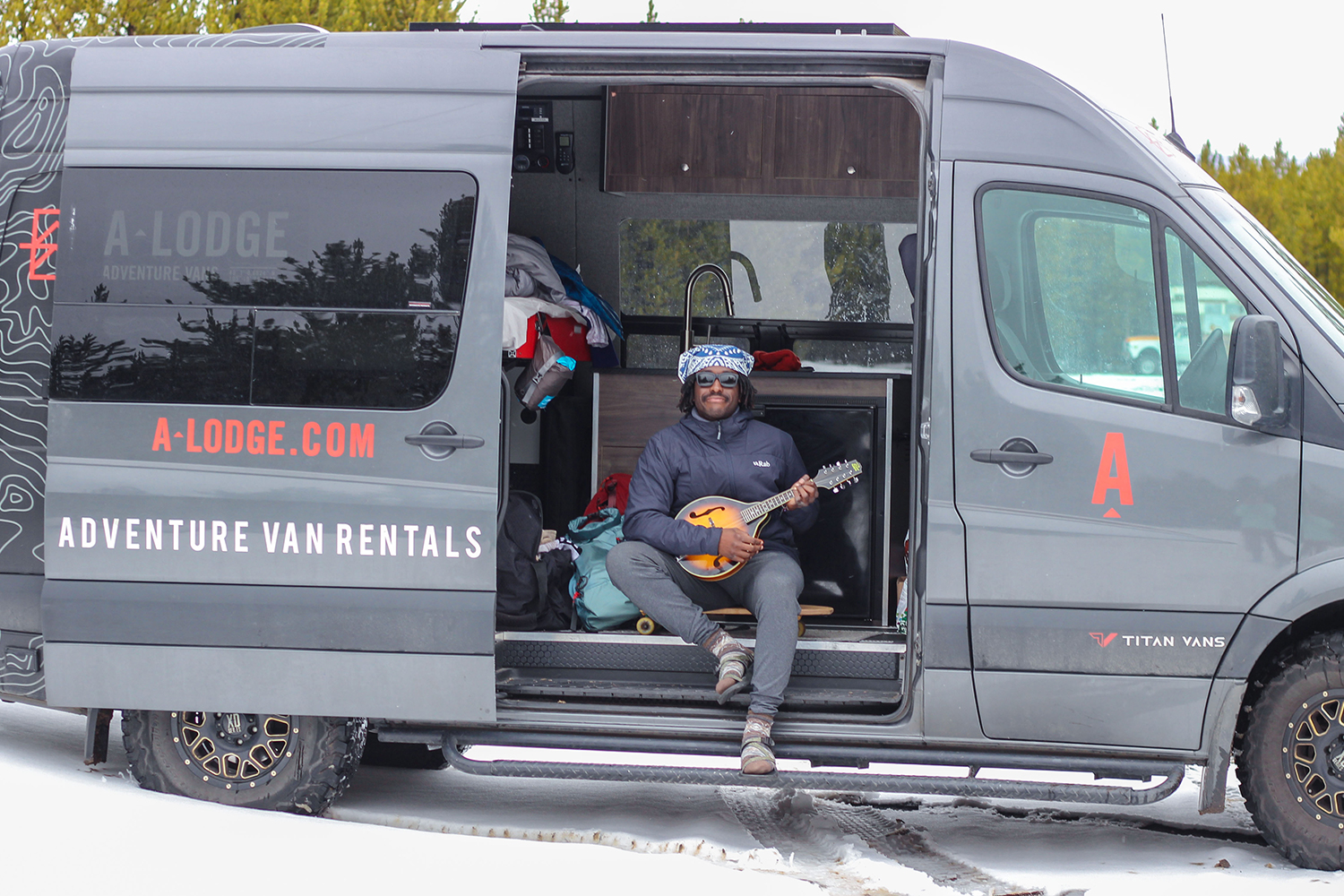
I headed towards the end of my journey, going through Twin Falls, Idaho, to experience Shoshone Falls, also known as the “Niagara of the West.” I cogitated on our current environmental crisis. Since it affects all of us in society, we all have a responsibility to protect the vulnerable natural habitats around us.“We have to take climate change seriously at all levels of government,” Kitchen told me. “For me it’s about focusing on the quality of life matters that climate change is impacting.”
There are many natural wonders in our backyard that we must all advocate and speak for. Heading back to Colorado, I stopped in Montana to sport climb near Missoula and close out the ski season at Big Sky Resort. As I experienced these multi-use areas, I felt that joyous gratitude hit me again. These opportunities to build a personal relationship with the vibrant natural world are invaluable. It’s imperative we all collectively work towards healing the mechanisms of exclusion and oppression so that we can concurrently tend to the needs of the Earth.
There’s power in living where you want to live without fear of being ostracized, harassed or intimidated. In my exploration of the Mountain West region on this trip, I was fortunate to see the potential of diverse community building. I was able to gain a deeper understanding about the importance of unique voices in the great outdoors. Most importantly, I was able to be myself in all my expressions and outlets.
There are many more sundown towns to visit, many more natural spaces to experience. I’m encouraged by the work already being done. From Black and Brown friends making surf documentaries in Washington State, to the culture-shifters adding more color on the slopes, we can transcend current social environments and break down those walls of exclusion. All it takes is all of us.
This article was featured in the InsideHook newsletter. Sign up now.
